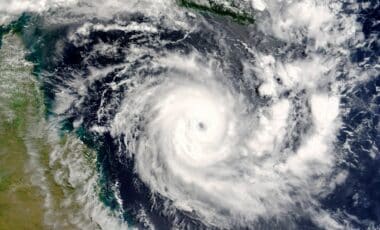Australia’s eastern states are facing a significant weather event this week, as a complex system of atmospheric conditions brings prolonged rainfall and heightened storm activity to heavily populated regions.
Forecasts from meteorological agencies suggest that both urban and rural communities across New South Wales and Queensland should prepare for multiple days of disruptive wet weather.
With Sydney, Brisbane, and other regional centres expected to receive substantial rainfall, authorities are on alert for flooding, transport delays, and other weather-related disruptions, prompting increased vigilance across the eastern seaboard.
Rain Systems Converge Over Eastern Seaboard
Large swathes of eastern Australia are set to endure prolonged wet conditions, with the Bureau of Meteorology warning of sustained rainfall across New South Wales and Queensland. A combination of a persistent high-pressure system in the Tasman Sea and inland troughs has triggered unstable weather patterns over the region.
According to Weatherzone, showers and thunderstorms are forecast to affect areas from Queensland’s Northern Goldfields to NSW’s Far South Coast, with coastal troughs intensifying the system from midweek. The heaviest rainfall is expected on Thursday and Friday, coinciding with the formation of a low-pressure system offshore.
The bureau has indicated that Brisbane, Sydney, and surrounding regions could see rainfall totals ranging between 70mm and 100mm, especially in coastal and elevated areas. The unsettled conditions are likely to persist into the weekend, extending into early next week for some regions.
Preparedness Measures Ramp up as East Coast Braces for Impact
While no major flood alerts have been issued as of yet, saturated ground conditions from previous rainfall raise concerns about rapid runoff and waterlogging. The weather bureau continues to update local councils and emergency agencies as the situation develops.
Motorists are being urged to exercise caution during peak rainfall periods, and to avoid driving through floodwaters. Authorities have reiterated safety protocols, particularly in rural and semi-urban areas where road access may be compromised.
Local councils have begun issuing advisories, and school and transport authorities are on alert for any necessary operational changes. The public is encouraged to stay informed through official weather updates and emergency bulletins.
With millions affected across two states, the coming days will test infrastructure resilience and emergency preparedness. Rainfall variability and storm unpredictability remain key variables as Australia’s east coast braces for an extended period of unstable weather.









